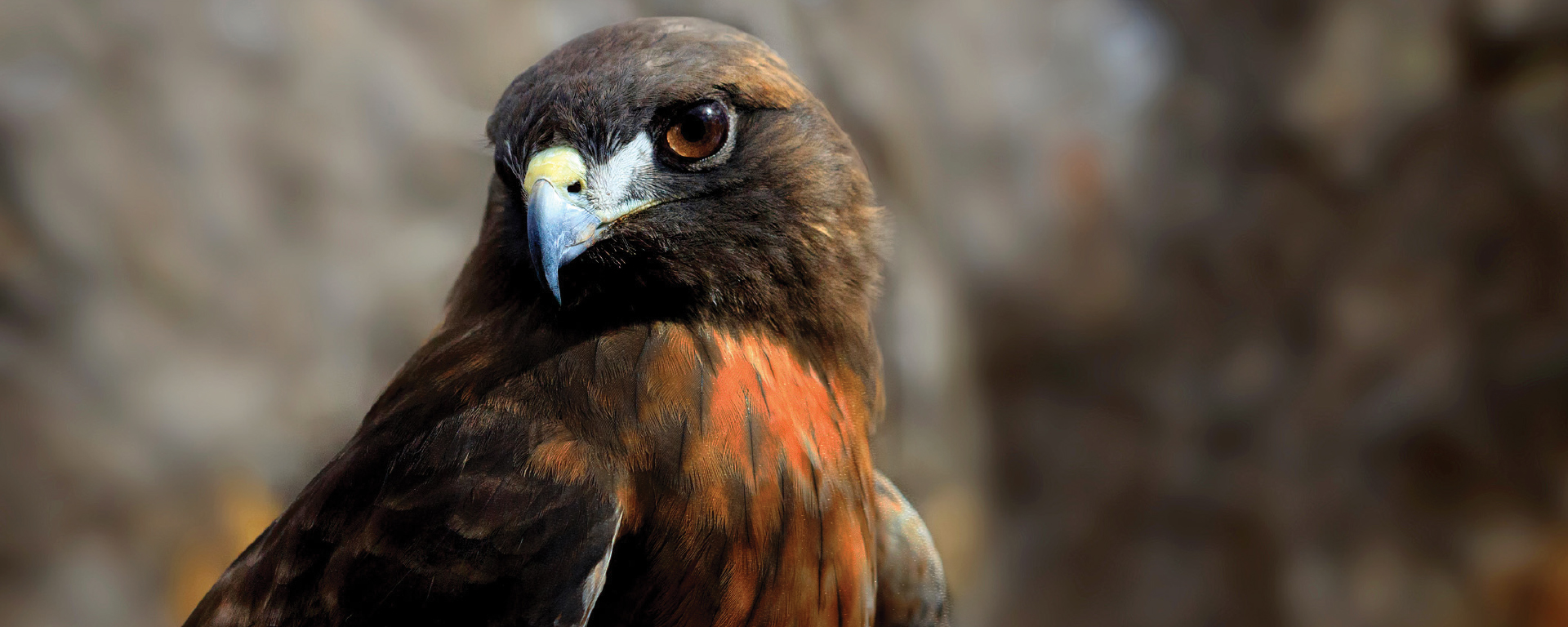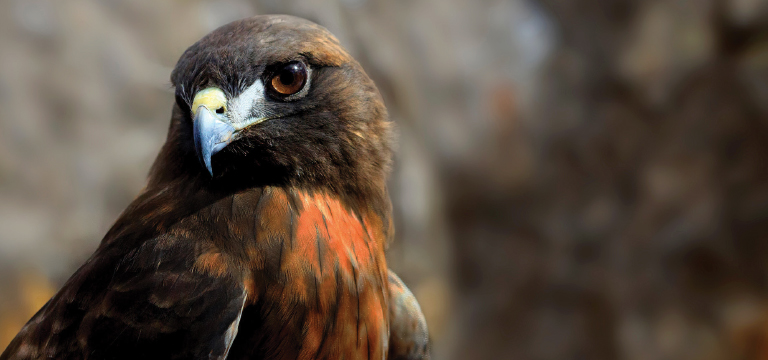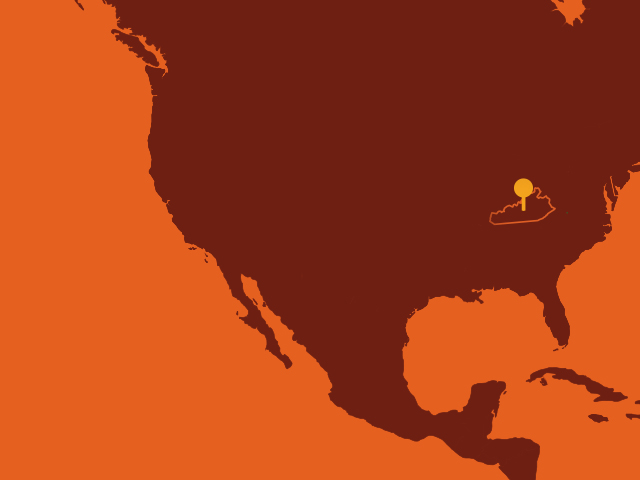

feature
wild files: red-tailed hawks of north america
situation
may-june 2010 • kentucky, USA

Chevron was in the early stages of a remediation project on the site of an old Indian Refining Company (IRC) refinery in Georgetown, Kentucky, which was part of Texaco Inc. and had been closed for more than 90 years.
Our field crew reported a raptor nest in the project perimeter. Two raptors had also been spotted.
named for its trademark
reddish-brown tail
wingspan
up to 52 inches
male average weight
2 pounds
female average weight
3 pounds
red-tailed hawks typically feed on:
small to medium-sized reptiles
birds
small mammals
roadkill
actions taken
Our Environmental Management Company (EMC) project manager immediately stopped work and established a 660-foot buffer zone around the nest.
A biologist took the following actions:
- Conducted a study of the entire property, discovering two nests: - One for a mating pair of red-tailed hawks with a fledgling
- Consulted with Kentucky's Department of Fish and Wildlife Resources and learned that no permits or additional protections were required
- One for a species known as a sharp-shinned hawk
Young red-tailed hawks fledge around six weeks of age, though their parents continue to feed them for another 1–2 months. They gradually move farther from the nest as they hone their flying and hunting abilities.
Based on Chevron best practices, we decided to maintain a 150-foot no-work perimeter to ensure the parents would not abandon the nest and leave the fledgling raptor vulnerable to extreme temperatures or predation.
Work restarted in the adjacent area one week later
We continued to monitor both nests for activity while maintaining the no-work perimeter
red-tailed hawks are usually monogamous and sometimes
mate for life.
Both the male and female participate in nest-building
The female is primarily responsible for incubating the eggs and rearing the nestlings
The male provides most of the food during this stage, but only the female feeds the chicks
Although frequently seen soaring, red-tailed hawks prefer to attack prey from elevated perches like telephone poles.
results

During our remediation and ongoing management of the property, we continued to maintain awareness of all wildlife and encourage their long-term use of the site.
Our actions were consistent with our goal
to conserve biodiversity:
We strive to avoid or reduce the potential for significant impacts on sensitive species, habitats and ecosystems.
Wild Files is a series on Chevron.com that spans the world to cover interesting examples of how we deliver on our commitment to environmental stewardship.
Published: May 2018